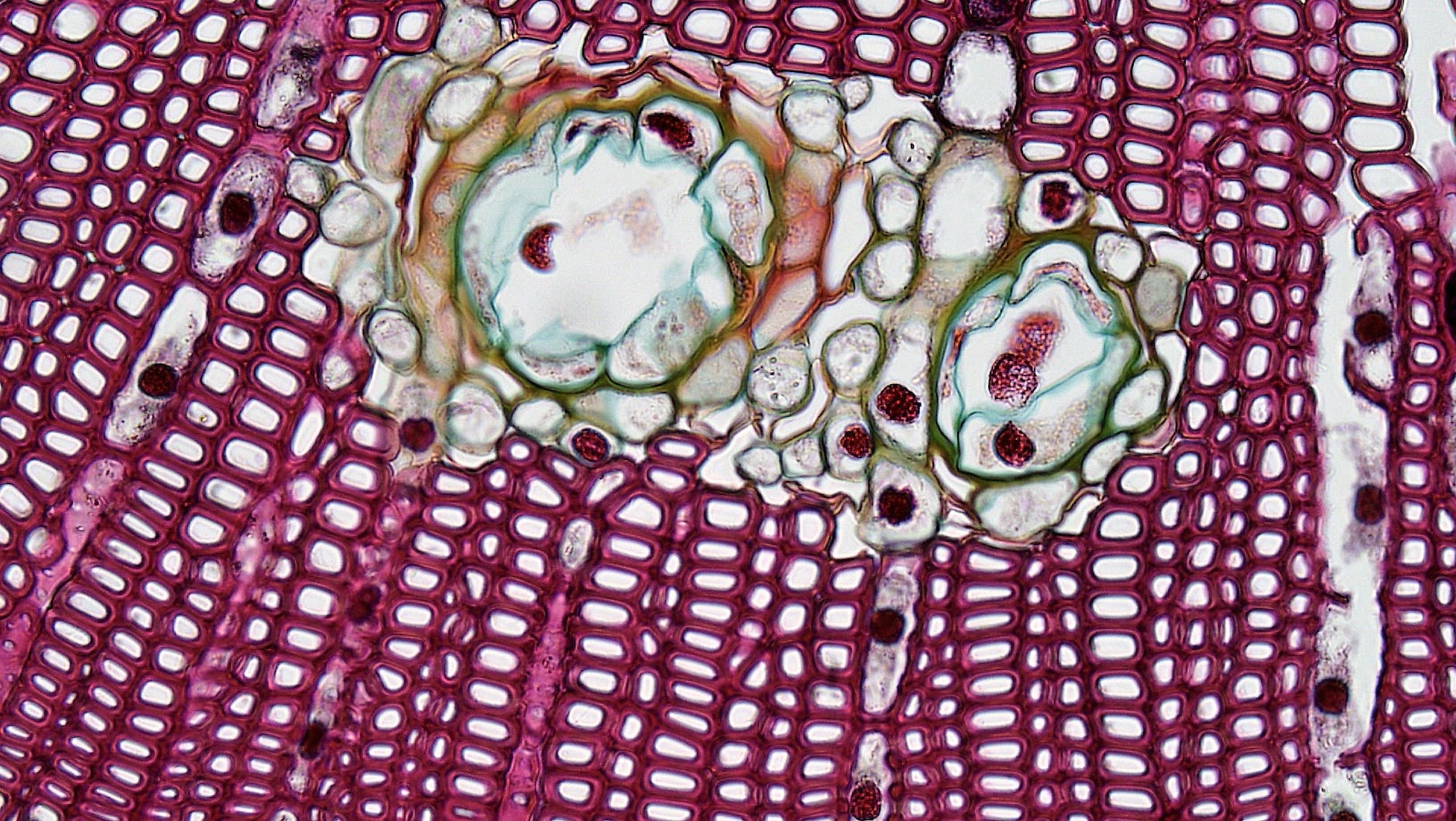What are Archaea?

Archaea are a domain of single-celled microorganisms. They are one of the three domains of life, along with bacteria and eukaryotes. Archaea are characterized by their unique cell wall and membrane structures, as well as their ability to thrive in extreme environments such as hot springs and salt lakes. Like bacteria, archaea are prokaryotes, which means they have no defined nucleus or other membrane-bound organelles. They are thought to be some of the oldest forms of life on Earth.
Archaea are a type of single-celled microorganism that are similar to bacteria but have some key differences that set them apart. Like bacteria, they are prokaryotic, which means that they have a simple cellular structure without a nucleus or other membrane-bound organelles. However, unlike bacteria, Archaea have a distinct set of biochemical and genetic characteristics that make them a distinct domain of life.
Archaea are a group of microorganisms that are similar to bacteria but have some key differences that set them apart. Scientists know that archaea are single-celled organisms that are often found in extreme environments, such as hot springs, salt lakes, and the deep sea. They are also able to survive in harsh conditions, such as high levels of radiation or acidity. Additionally, archaea have a unique cellular structure and use different metabolic pathways than bacteria and other organisms. Overall, scientists have made significant progress in understanding the biology and behavior of archaea, but there is still much more to learn about these fascinating microorganisms.